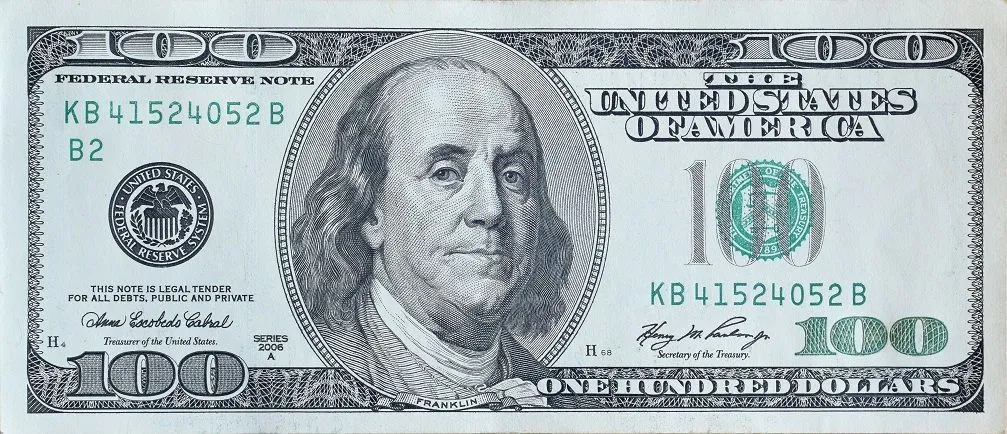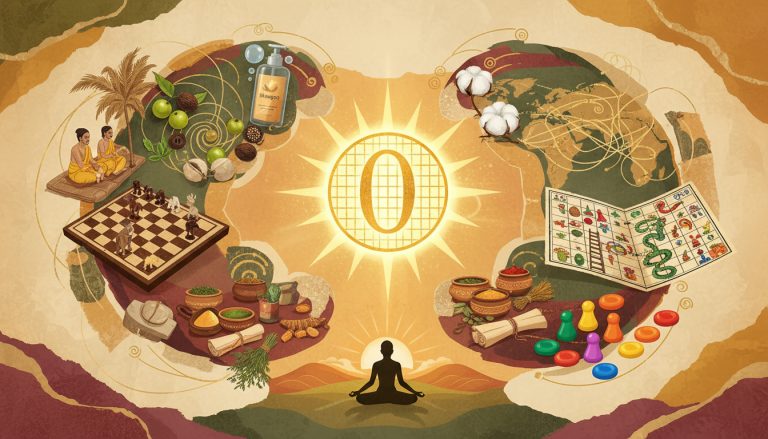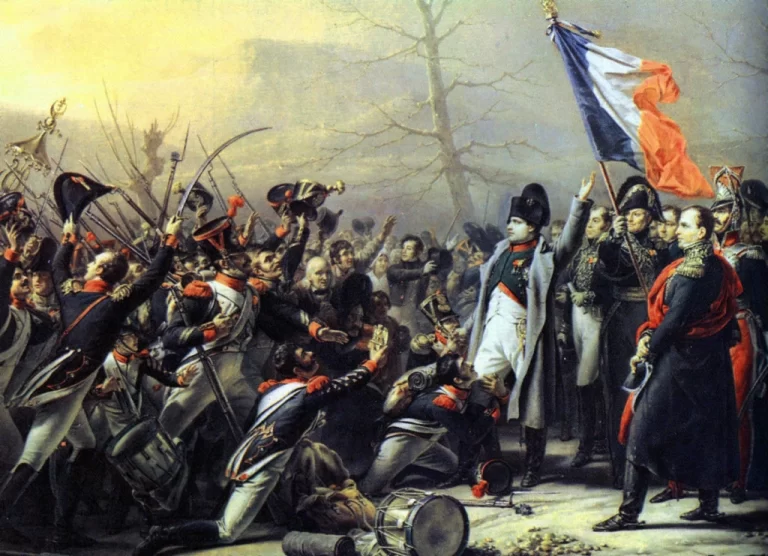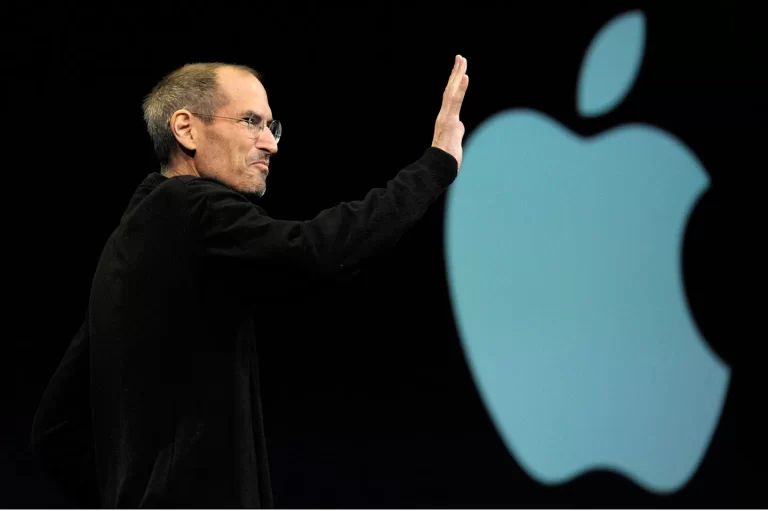Money isn’t wealth. It’s a rumor everyone agrees to believe. And the ones whispering the loudest, central banks, shadow networks, algorithms can bend that belief without ever raising a finger.
Understanding Money Beyond Paper
Money as Agreement
Money is not gold. Not silver. Not a ledger entry. It’s the invisible handshake between millions of people, governments, and institutions. Without that handshake, paper is just that, paper.
Fiat Currency
Modern money is fiat. It exists because the law says it does, not because it carries weight. And yet, our entire lives bend to it. You can watch someone panic because an app balance dipped fifty dollars, while in the past, the equivalent loss might have meant half a week’s grain.
Scientific Angle
Humans assign value based on trust and scarcity. Kahneman and Tversky showed decades ago that perception shapes risk and reward. In 2021, the Bank for International Settlements found 65 percent of respondents trust digital money more than cash, proof that belief now lives in code, not coin.
History of Control
Barter and Coinage
Grain, livestock, salt. Value was literal. Tangible. Trust existed but could be seen. Coins standardized exchange but required faith in the stamp, the weight, and the authority behind it.
Paper Money
Tang Dynasty China printed paper for convenience. Suddenly, money had no intrinsic heft. Its power came from faith in the issuer. The idea spread. Europe followed. Faith became leverage.
Central Banks
The Bank of England 1694, formalized control. Interest rates, reserve requirements, open market operations, and tools designed to shape behavior at every level. Borrowers, investors, ordinary citizens all nudged subtly, invisibly.
Shadow Banking
Hedge funds, derivatives, and private equity. These invisible players move trillions with almost no oversight. In 2008, the fall of Lehman Brothers wiped out life savings, pensions, and dreams. The system is fragile, yet it whispers of stability.
Mechanisms of Modern Control
Monetary Policy
Low interest rates push spending. High rates slow it. Every adjustment is a signal, a nudge. Your mortgage, your company’s expansion plans, and your next vacation are all affected.
Inflation and Deflation
Inflation quietly eats wages. Deflation crushes debt. Central banks adjust supply, yet people feel the effect in the grocery store or on the utility bill.
Algorithmic Systems
Cryptocurrency, automated banking, AI trading. Decisions executed in milliseconds ripple worldwide. Flash crashes wipe billions. Memes move markets. Human psychology is quantified, measured, and manipulated by code.
Psychology of Value
Anchoring
One hundred dollars is normal. One thousand feels abundant. These anchors shape choices.
Scarcity
Money must feel limited to hold power. Too much and trust collapses. Too little and the world freezes.
Social Proof
Currency is status. A balance is trust, competence, and survival. Losing it is shame, fear, sometimes despair.
Behavioral studies show that visible systems in banks, trading platforms alter risk-taking, saving, and borrowing. People are not neutral participants. They are instruments in a larger experiment.
Global Stakes
Geopolitics
The dollar dominates. Policies ripple across continents. Countries tethered to its gravity have little freedom, yet live by its rhythm.
Wealth Inequality
Quantitative easing rewards those holding assets. Ordinary wages stagnate. Solutions exist: financial literacy, equitable taxation, and broader access to markets, but they require attention, not hope.
Culture and Society
Financial knowledge increasingly decides who climbs and who falls. Budgeting, investing, and understanding institutions are survival skills in a world where belief is power.
Who Really Pulls the Strings
Central Banks
Control supply, interest, liquidity. Visible but abstract.
Shadow Networks
Hedge funds, derivatives, and private banks. Massive, opaque, decisive.
Technocrats
Advisors, economists, lobbyists. Ideas become policy. Policy becomes reality.
Algorithms
Millisecond trades, AI-controlled flows. Influence without faces.
Individual Tools
Learn the System
Understand interest, inflation, and leverage. Knowledge is agency.
Diversify
Spread risk across assets, regions, and currencies. Small moves, big defense.
Engage
Advocate for transparency. Monitor policy. Influence trickles up when enough notice.
Adapt with Tech
Use regulated digital tools to track, save, and invest. Code can assist, not just dictate.
FAQ
Q1: What is fiat money
Currency that has value because the law says so, not because of intrinsic material
Q2:How do central banks influence economies?
A. Through supply control, interest rates, and subtle behavioral nudges
Q3: Are cryptocurrencies free from central control
A. No. Algorithms, regulators, and network consensus shape value and liquidity
Q4: Can individuals resist manipulation
A. Yes. Knowledge, diversification, and vigilance provide leverage against systemic forces
Q5: Why does belief outweigh physical money
A. Trust sustains value. Without it, paper or digital balances are meaningless
Money is a rumor made law. Its real weight is collective belief. Those who control the whispers, banks, networks, and algorithms steer lives. Understanding the levers does not grant omnipotence, but it grants clarity. And clarity is resistance.






